Introduction
Welcome back to this retelling of Orcust history! We last left off on the craziness that was Knightmare Mermaid post Bardiche ban. With Knightmare Orcust in the game, any deck was able to splash the Orcust engine to make it a meta threat. If your opponent had two random monsters on the field, there was a real fear that you would get a Galatea on your field, and a potential OTK or negate. Dingirsu was one of the best monsters in the game; not only does it serve as a board breaker, but it helps protect your own board. People began to realize that the engine was getting the Zoodiac treatment.
Goodbye, Mermaid
Unfortunately, the fun had to end sometime. With the October 2019 banlist, Konami banned Knightmare Mermaid, killing off the "splashability" of the Orcust engine. No longer were you able to bring Normal Monster turbo to regional events, truly a travesty.
Immediately, about half of the popular variants were wiped off the map. Cyber Dragon Orcust became much less viable, Pendulums took out the Orcust engine completely, and rogue decks that added the engine reverted to their previous "Rogue" status.
In fact, many thought that the Pure Orcust deck was dead. Mermaid was gone, therefore the pure deck must be gone now. As is apparent today, this was not the case at all.
However, there are still a few decks that have been able to add the Orcust engine.
Current Orcust Mindset
With the banning of Mermaid, Orcust players stopped playing a lot of the engines that required Mermaid to be useful. This included the Tenyi engine, Instant Fusion, and, unfortunately, Iblee. Tenyi was no longer good, because it left a monster on the field that you could not link away for Galatea or Borrelsword Dragon. Instant Fusion, although good for getting out a Thousand-Eyes Restrict or Winda on the Board, was not as good anymore, because it was now imperative to get the Orcusts into the GY (however, I still personally ran it because it sometimes ended on the Winda board; it was just less consistent).
Some players also took out the Striker engine; at the time, the extra monster was not quite worth it (however, keep this engine in mind; it will be important later). With those cards taken out, players began to worry about other things.
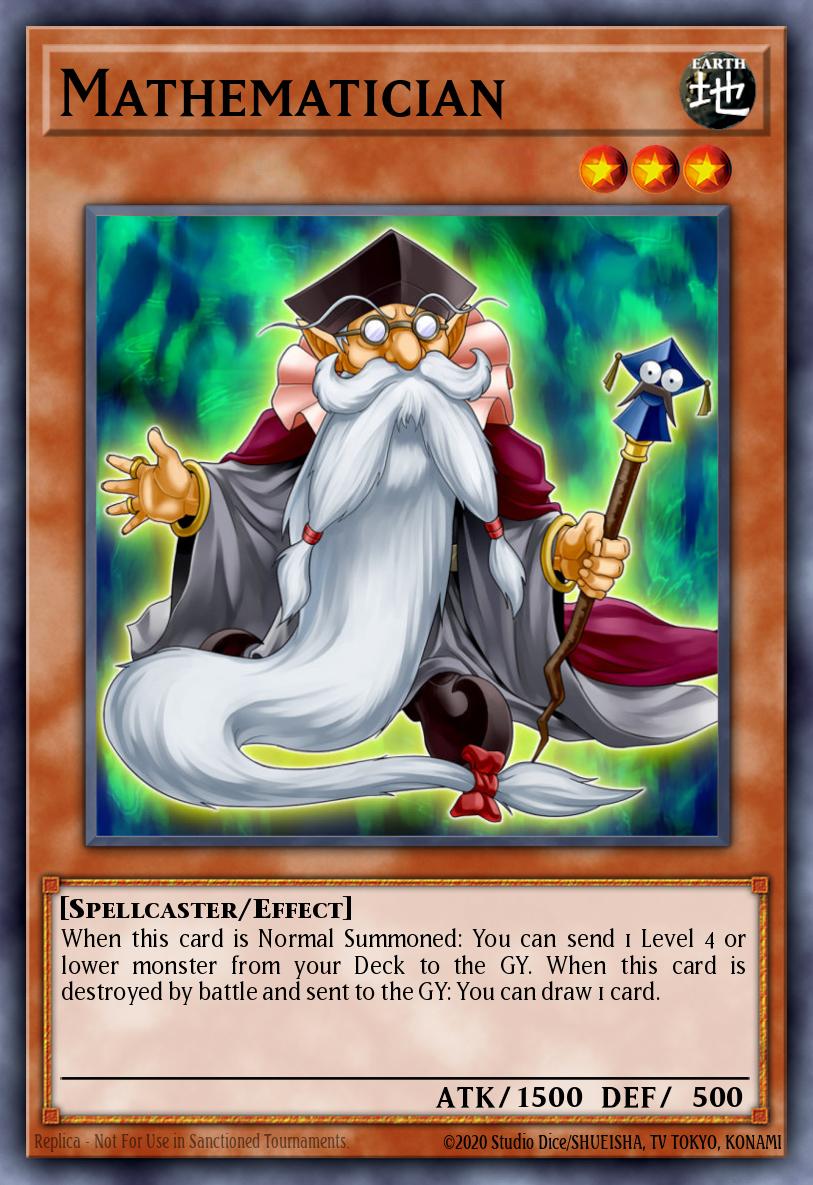
Starters
Obviously, every deck still ran the Warrior engine of Reinforcement of the Army, Armageddon Knight, and Dark Grepher. They were the easiest way to get Orcusts into the GY. However, getting any of these 3 cards in your opening hand was not quite the way you wanted to start the game. Thus, players turned to two other starters that were kept on the back burner: Scrap Recycler and Mathematician.
In the time after the banlist, players were discussing which starter was the better one to run. In the end, Scrap Recycler was the winner. The main reason was that it had no limit on the level of the monster it can send; Mathematician can only send a lvl 4 or lower monster to the GY. Later on in the format, however, Mathematician began to be more favored. The second most popular deck - Sky Strikers - as well as other myriad backrow decks began to utilize There Can Be Only One, which limits the amount of monsters of the same type you can control to 1. Scrap Recycler would block you from summoning Galatea. Mathematician was better since it did not inhibit you from plays as much.
Another monster that some players considered was Orcust Brass Bombard. If you have it and another Orcust in hand, you can potentially have a guaranteed Galatea through most hand traps. This fell out of favor due to other starters being found.
Tech Options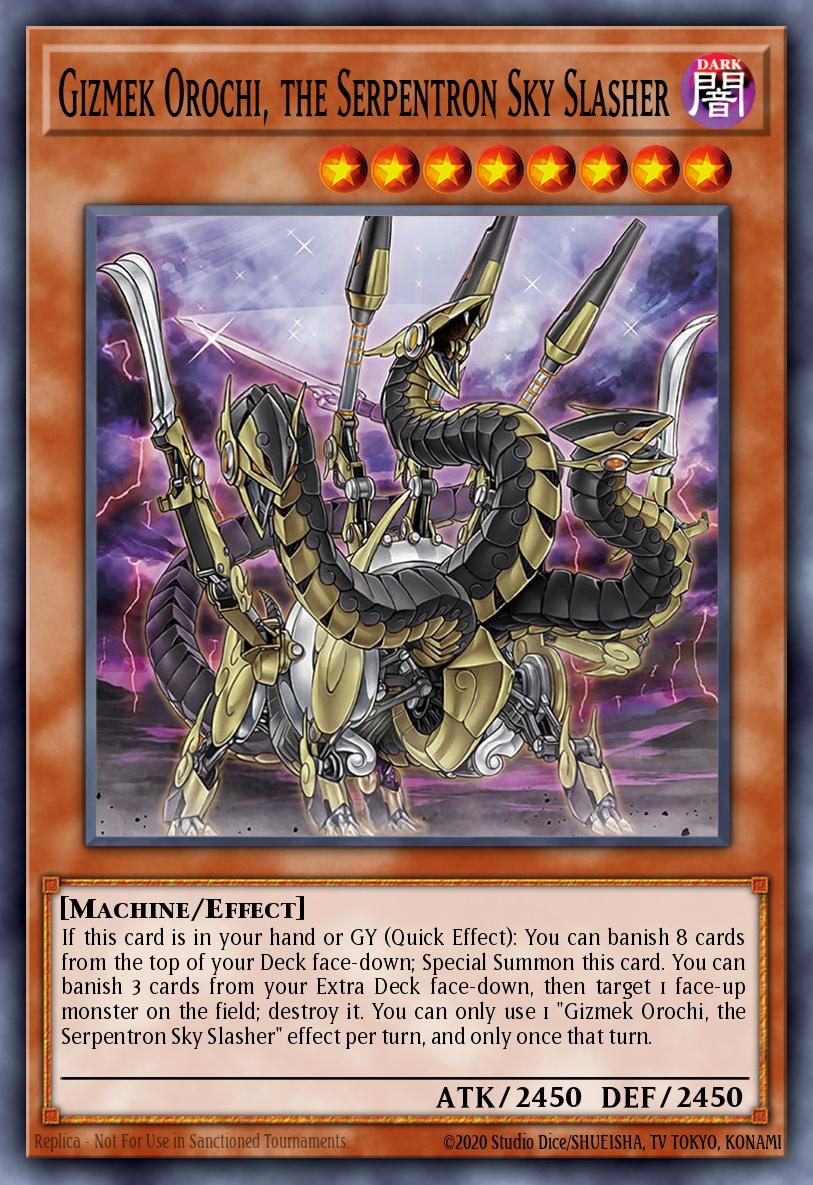
Along with the starters, the tech options were just as important for the deck to be played well. One monster that stayed in main decks from before the banlist was Gizmek Orochi, the Serpentron Sky Slasher. It is a lvl 8 DARK Machine with 2450 ATK/DEF that can Special Summon itself from the hand or GY by banishing the top 8 cards of your deck face-down. While on the field, you can banish 3 cards from your Extra Deck, face-down, to target and destroy a monster your opponent controls.
This card was excellent because it allowed Orcust players to push for damage with Borrelsword. Going second, it can immediately provide a threat to your opponent's end board during their End Phase, as you can potentially destroy one of their monsters during your turn. It can also help prolong your life, because it helps block attacks. This monster became even more prevalent in Orcust decks going forward.
Some people also began to main deck Nibiru, the Primal Being. It helps provide board clearing during your opponent's setup and serves as the second monster for starting your Orcust plays. A hilarious interaction with it and Babel was also found. During your opponent's turn, if you have Babel on field and an Orcust in the GY, you can activate Nibiru in hand, then chain the Orcust in the GY. By doing this, you can tribute all monsters on the field, but the Nibiru stays in your hand because you are locked into only summoning DARK monsters that turn. Thus, you have a Nibiru for next turn in case the opponent stops your plays.
In order to deal with the opponent's Babel, players began to run Cosmic Cyclone because it dodged Dingirsu's protection.
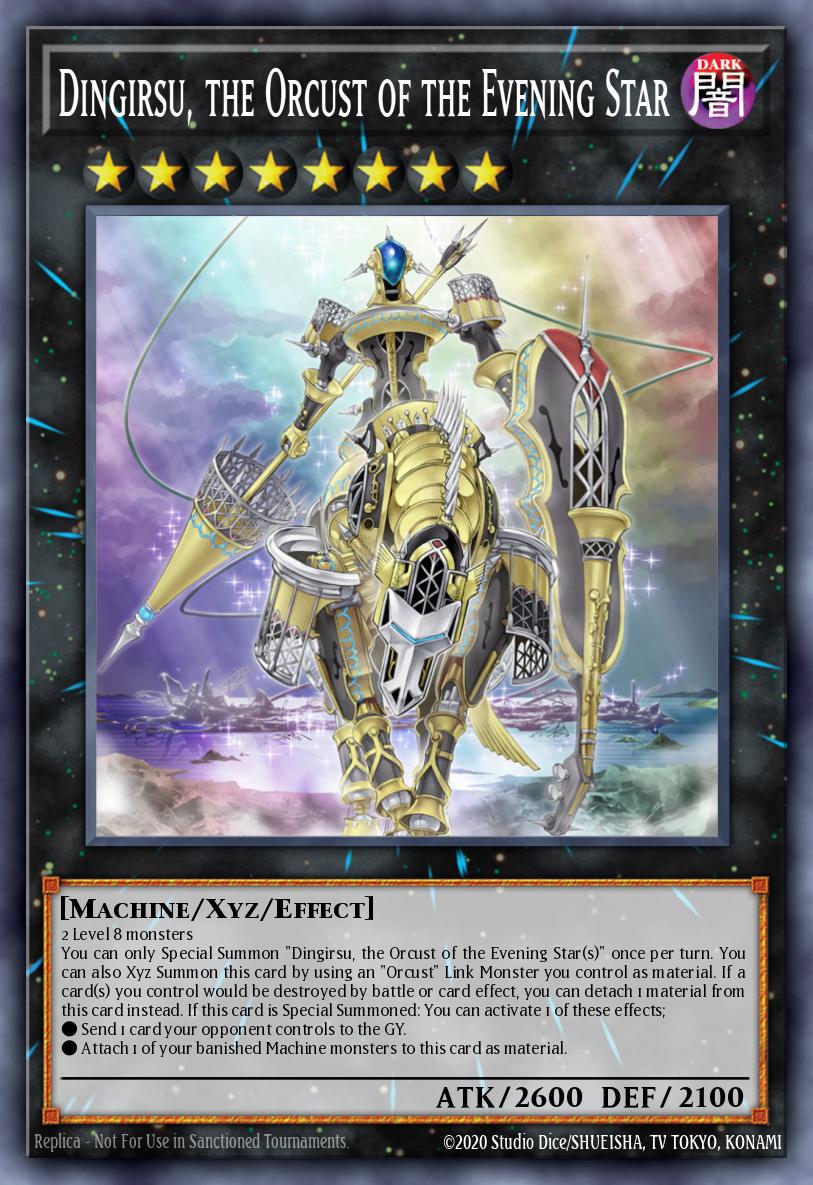
Deck Types
From the October Banlist to now, the popular Orcust variants changed in both type and power, starting with the normal Galatea-Dingirsu-Crescendo board early in the format. Konami's release of Chaos Impact helped change the end board, and lead to an increase of popularity of other hybrids. This will be a rough timeline of Orcust decks and how they appeared in the format.
Pre-CHIM
The end board stayed pretty much the same. Galatea linked to a 2-material Dingirsu was extremely powerful; add an omni-negate and many decks will have trouble dealing with this end board. Dingirsu is able to protect all cards on your board from destruction at least once, and with the Orcust engine being so resilient, it was easy to come back from hard situations. A single topdeck had the potential to lead to the game-ending blow.
During this time, the most successful and popular deck type was the Pure Orcust, since it was a bit difficult to add other engines. Decks with heavier Warrior cores were present here and there, but not quite as consistent. Lunalight Orcust was a bit more popular than other variants, but they got more power with the next set.
A New Challenger Approaches!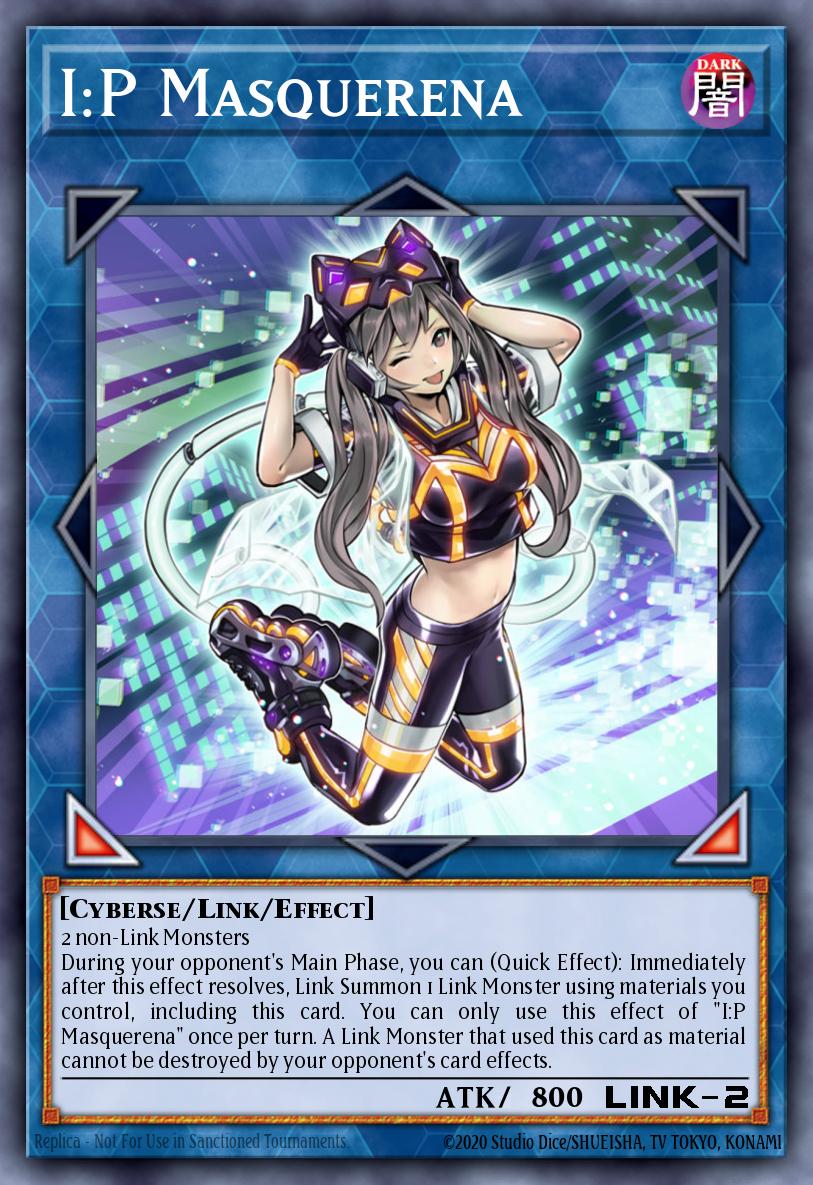
The release of CHIM brought a new LINK-2 monster that would become used in nearly all decks today: I:P Masquerena. It is a LINK-2 monster that allows you to Link summon during your opponent's turn, using itself and any monsters on your field as material. The Link monster summoned with this effect cannot be destroyed by opponent's card effect that turn.
Pure Orcusts
This was excellent for the Orcust deck. You can potentially use Knightmare Unicorn during the opponent's turn to disrupt their plays. With Babel on the field, your options expand even more, to include things like Longirsu to send to GY, and Topologic Bomber Dragon to blow up the field.
By far the most popular option to go into with I:P was Topologic Zeroboros. It is a LINK-4 that banishes the entire field if something is Special Summoned to a zone a Link monster points to. It returns during the next Standby Phase, prevents any player from Special Summoning monsters to any Extra Monster Zone it points to, and gains 200 ATK for each banished card. Combine it with Gizmek Orochi and it was possible to get a monster with upwards of 6000 ATK on your turn. With a little creative maneuvering, it was possible to get it to 8000 ATK and attack directly for game.
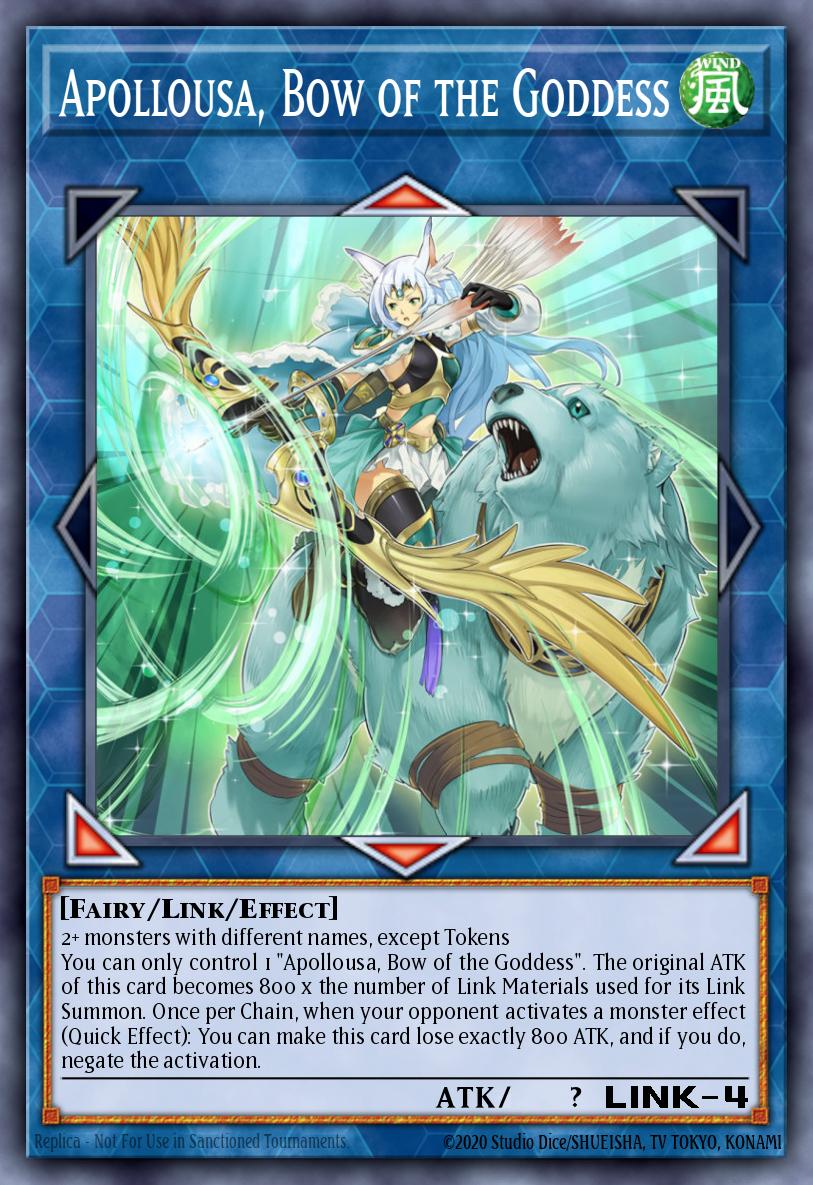 The Resurgence of Lunalight Orcust
The Resurgence of Lunalight Orcust
Around this time, Lunalight Orcust began to regain popularity. Not only was it able to summon a million times per turn, but it can do it very consistently. Cards like Luna Light Perfume were able to get an Orcust monster to the GY so that, on top of the many Link monsters you can summon, you were able to go into the Orcust plays. Decks like this began to make end boards that included Apollousa, Bow of the Goddess.
The most important factor that lead to its popularity was the ability to make Outer Entity Azathot during your turn to protect from hand traps. Nibiru is still being run today, so being able to deny your opponent the ability to clear your board is excellent. In case it fails, it was still possible to go into Apollousa before the 5th summon to negate the Nibiru anyway. I:P also provided an easy way to go into a toolbox of Link monsters to deal with problems. Even today, the deck performs very well.
Know My Power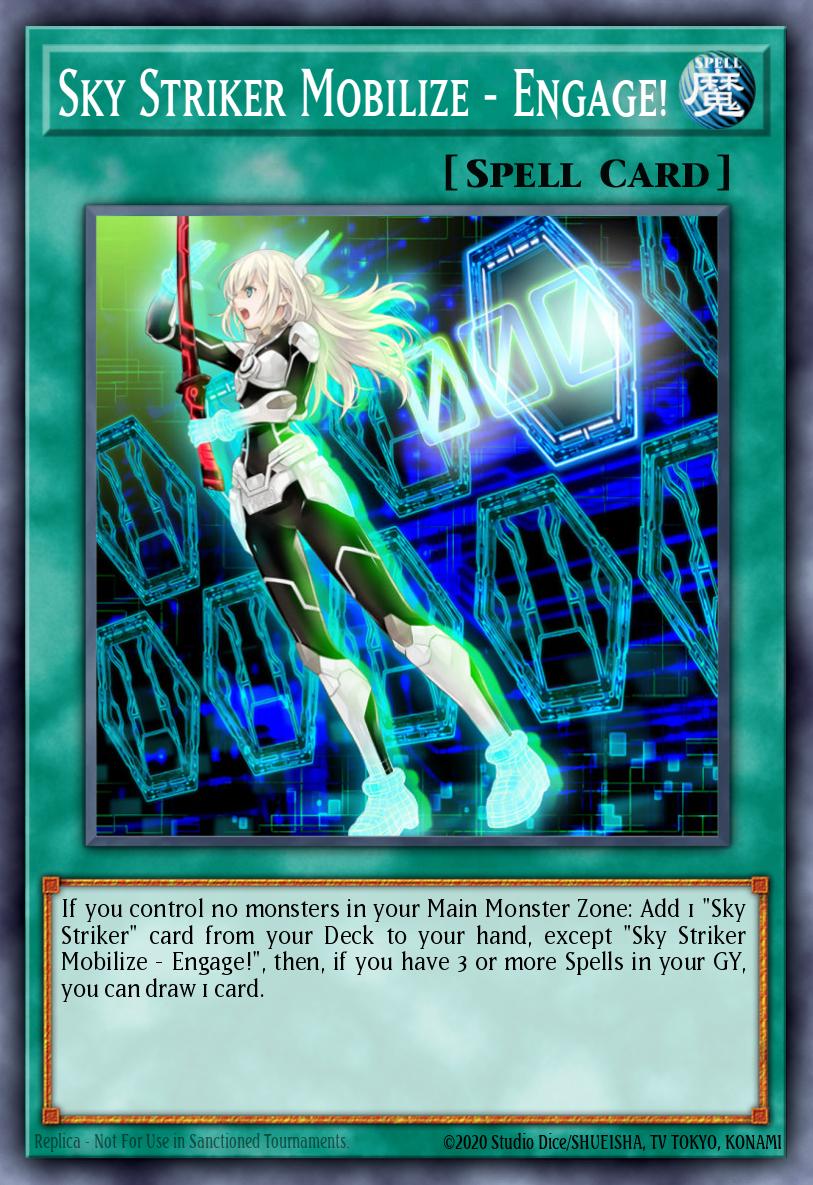
Around December 2019, an older version of Orcust began to gain popularity and today it is by far the most powerful version of Orcust. In fact, many would argue that it is was best deck of the format.
Sky Striker Orcust is the Orcust deck of Mermaid's time, but with a larger Striker Engine. Back then, the only two targets for the Engage were Hornet Drones and Sky Striker Mecha - Eagle Booster; Drones for Mermaid turbo, and the Eagle Booster to protect it from hand traps.
The new and improved version removed the Eagle Booster and added targets like Sky Striker Maneuver - Afterburners! and Sky Striker Maneuver - Jamming Waves! (later on, Sky Striker Mecha - Widow Anchor was also included). To take full advantage of the improved Striker engine, more Spells were added to the deck. Allure of Darkness, a card sparingly used prior to this format, was maxed out. Banishing some Orcusts from hand did not really matter as it was easy to recycle them. Called by the Grave helped protect plays from Hand Traps. Upstart Goblin was a free draw and Spell in the GY for Engage.
The reason the deck was so powerful was that it forced the opponent to make a choice; stop the Striker plays and let the Orcusts do their work, or potentially allow the opponent to draw a whole bunch in order to stop the Orcust plays. The Striker engine helped unlock the ceiling of the deck, making I:P Orcusts even more consistent. Techs like Barricadeborg Blocker helped get Orcusts into the GY if you opened no starters and instead had a Knightmare Orcust or Harp in hand.
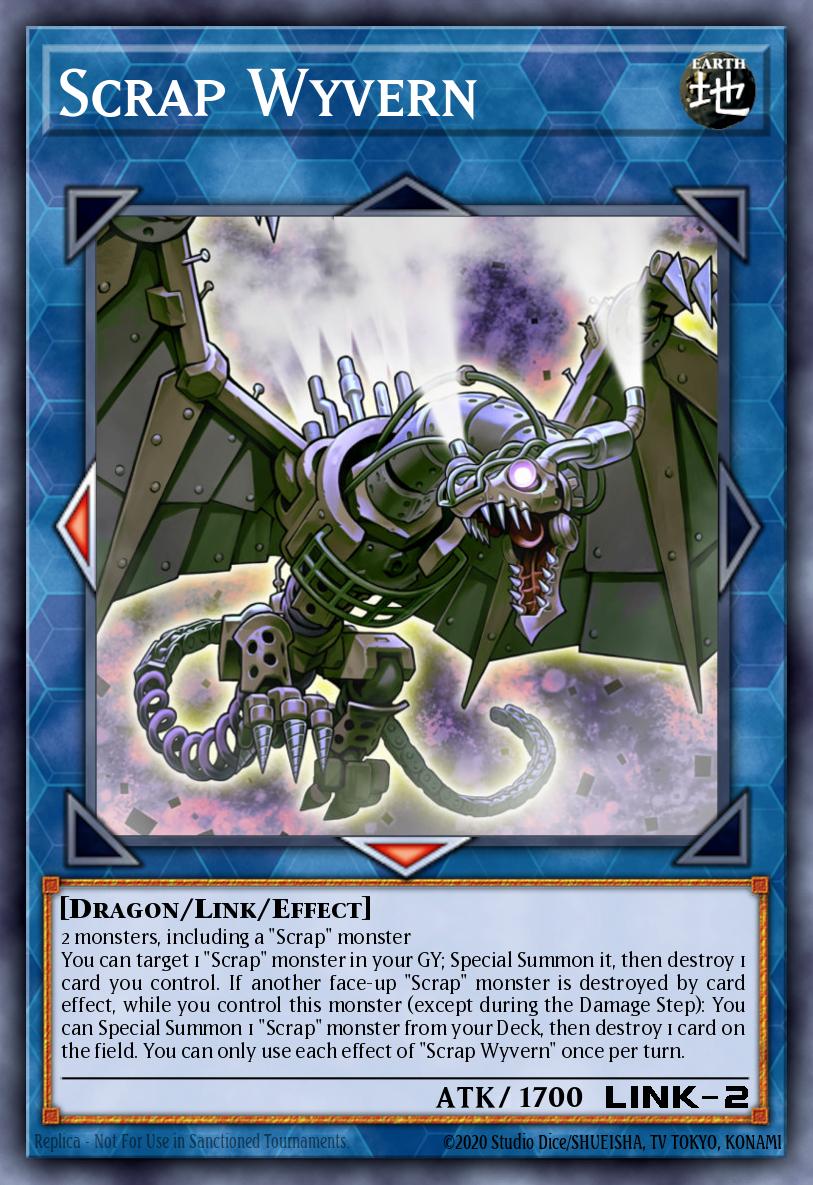 The Return of a Classic Deck Strategy
The Return of a Classic Deck Strategy
The CHIM Special Edition contained two Link monsters for Legacy Support. Of the two, Scrap Wyvern was adopted into Orcust decks. Opening Scrap Recycler and an extender (like the Striker Engine) would lead to the ability to start the game with an Apollousa before going into the Orcust plays. Recycler and the monster would go into Wyvern, which would destroy a card and summon Scrap Golem from the deck. Golem would then be able to Special Summon Recycler from the GY. This results in you having two monsters in the GY for Orcust plays and the choice of any LINK-4, such as Apollousa, before going into the Orcust plays.
This deck is pretty popular, but still has a few flaws. The main gripe with this strategy is the fact that it's all but required for you to open with a Scrap Recycler in order to have any plays with the Scrap half of the deck. Golem is a "Garnet" in this deck, meaning that plays get a bit more difficult if you open with it. However, this version of Orcust is very interesting and I can see it gaining more popularity in the metagame, especially with the new banlist.
What does the Future Hold?
On January 17, 2020, Konami released the first banlist of the year. On this list, many decks were hit; most importantly, Harp Horror was banned.
One of, if not the most, important monsters for the Orcust deck has been taken away from us. Harp was the main reason that the deck had so many plays; it summons from deck and allows us to go into the Link plays easily. Unfortunately, this card was cursed from the start to hit the banlist in some way; cards that can easily summon from the deck do not last long in the game.
Fret not! The deck is still very good. Although Har was taken away from us, we still have another very important monster: Knightmare Orcust. For now, the main combo will have to revolve over sending it to the GY, banishing it to send World Wand, and banish that to Special Summon the Knightmare Orcust. For this reason, I feel that Scrap Orcust might be one of the best versions of the deck today. However, I am but simply a player of the deck, and have no way to tell the future. All we can do is wait, and see.
For now, thank you for listening to my hopefully informative rundown of the Orcust deck and how it changed over the past year.




